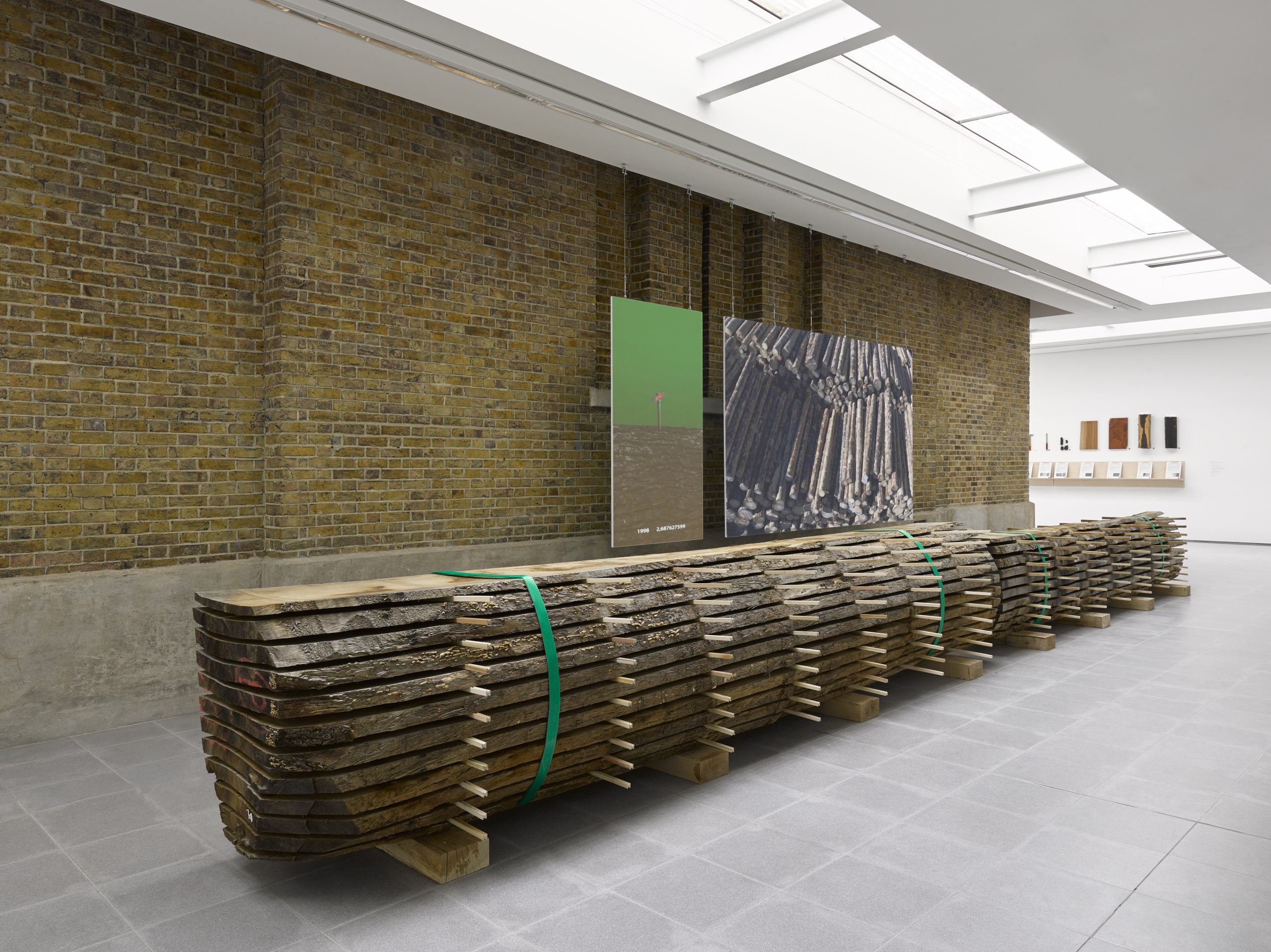Disposability is going out of fashion. Durability is making a comeback – and timber is leading the way.
If you explore the outer suburbs of Helsinki you’ll start to notice that many areas are dominated by a certain kind of detached house. They are sturdily constructed to a basic, no-thrills plan and made mainly of wood. Constructed quickly in the late 1940s to accommodate the homeless populations of war-torn eastern Finland, these robust dwellings have stood the tests of time surprisingly well. They are evidence of timber’s durability – and an example of the alternatives to planned obsolescence represented by this most sustainable of raw materials.
What is obsolescence?
The term ‘Planned Obsolescence’ was first coined in the 1930s as a concept to stimulate the economy after the Great Depression. Products would be deliberately produced with short life spans in order to continuously create the market for new ones.
It comes in many forms. It might be manifested in the smart phone that, after two years of use, struggles to handle new software or whose battery runs down with alarming speed, just as a fancy new model comes on to the market. It could also appear in the washing machine or garden appliance that starts to stutter or fall apart.
90 years ago, the availability of resources to produce these goods must have seemed infinite. The problem with planned obsolescence now lies in the increasing scarcity of those raw materials, the unsustainable methods of obtaining them and the vast quantities of resulting waste. The metals and minerals used to make a smart phone and its batteries, for example, are mined in regions where concern for the environment is not always top of the agenda.

Formafantasma, Cambio (Installation view, Serpentine Galleries, 4 March – 17 May 2020). Photo: George Darrell
Using resources sustainably
Some more progressive designers are ahead of the game when it comes to considering sustainable alternatives to waste and obsolescence. Andrea Trimarchi and Simone Farresin, the Italian design duo behind Amsterdam-based Formafantasma, for example, have developed ‘a bridge between craft, industry, object and user’ out of an interest in forging links between their ‘research-based practice and a wider design industry’. The company provides platforms for the analysis of how design can support a more sustainable use of resources.
These resources include timber, a fact acknowledged by the company’s Cambio project, commissioned by London’s Serpentine Galleries, investigating the ‘extraction, production and distribution of wood products’. The resulting exhibition took a comprehensive view of timber products and the potential benefits of sustainable forestry practices. An example was the choice of Italian spruce to produce a pair of thin ‘soundboard’ loudspeakers. This demonstrated an alternative to the use of the rare and endangered hardwoods, such as rosewood, traditionally preferred as ‘resonance’ woods for musical instruments and sound production.
Spruce is one of two main species harvested in Finland and used by UPM in its rough sawn timber, with the other being pine. The timber is processed by UPM’s customers into a variety of products, including building materials, household products and furniture – all of which oppose planned obsolescence by virtue of their sustainability, durability and recyclability.
“Wood is a renewable product, and by pursuing sustainable forest management of the kind carried out in Finland, we can grow more forest than we consume,” says Aki Temmes, Head of UPM Timber. “Timber acts as a carbon sink. Even after the sawmilling and lumber process is complete, the wood contains the same CO2 that was stored in the tree during the growth phase of the forest. Sawn timber is therefore the only construction material that is actually carbon positive.”

Timber production produces zero waste. Photo: Angela Compagnone, Unsplash.
Zero Waste
Timber’s durability, sustainability and adaptability as a construction material are being rediscovered and encouraged. “Many governments are supporting the construction of wooden buildings,” says Temmes. “In France, a target has been set for 50% of public buildings to be wooden. In Finland, there are efforts being made to increase wooden material in construction.”
High-quality and solid material such as timber is also far more durable than the different kinds of MDF and particle board used to make cheaper furniture – much of which deteriorates and ends up in landfills. “In our timber production, nothing goes to waste. Wood chips and sawdust resulting from the sawing process are used in pulp and paper production, while bark is burned in biowaste plants. Ours is a Zero Solid Waste product,” Temmes continues.
Text: Tim Bird
Main photo: Alexander Andrews, Unsplash
